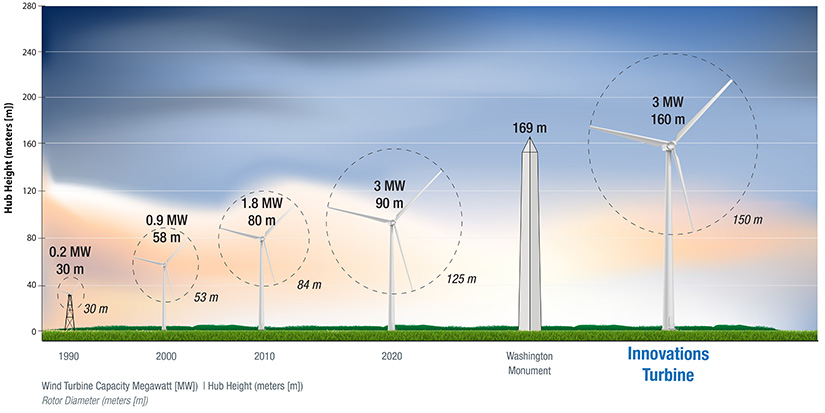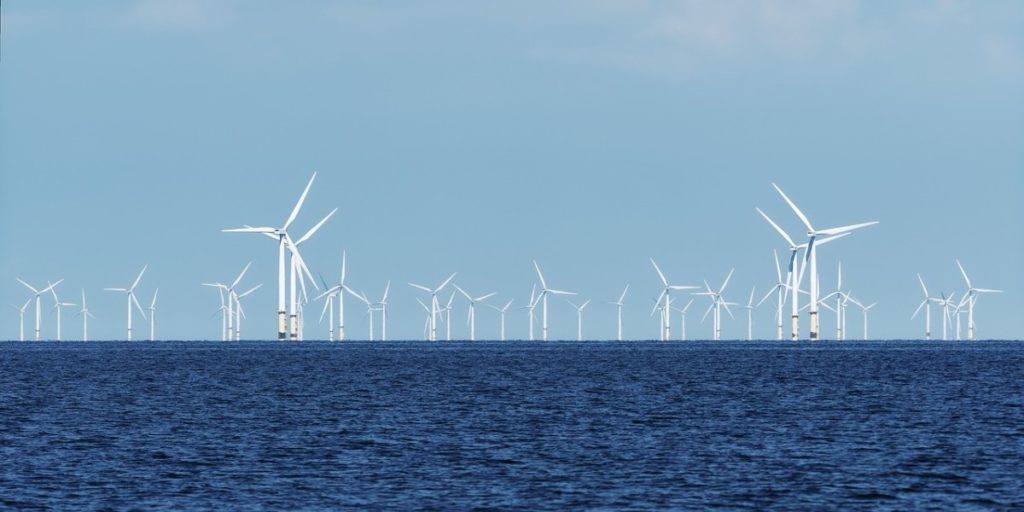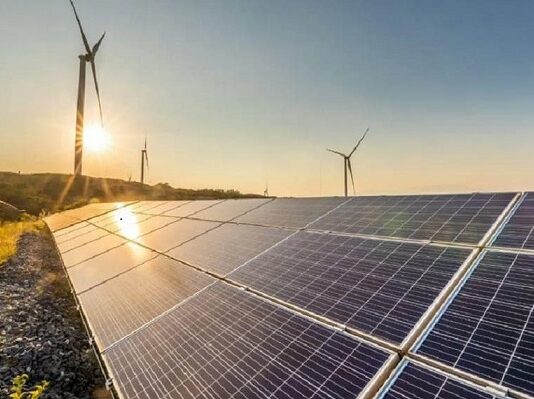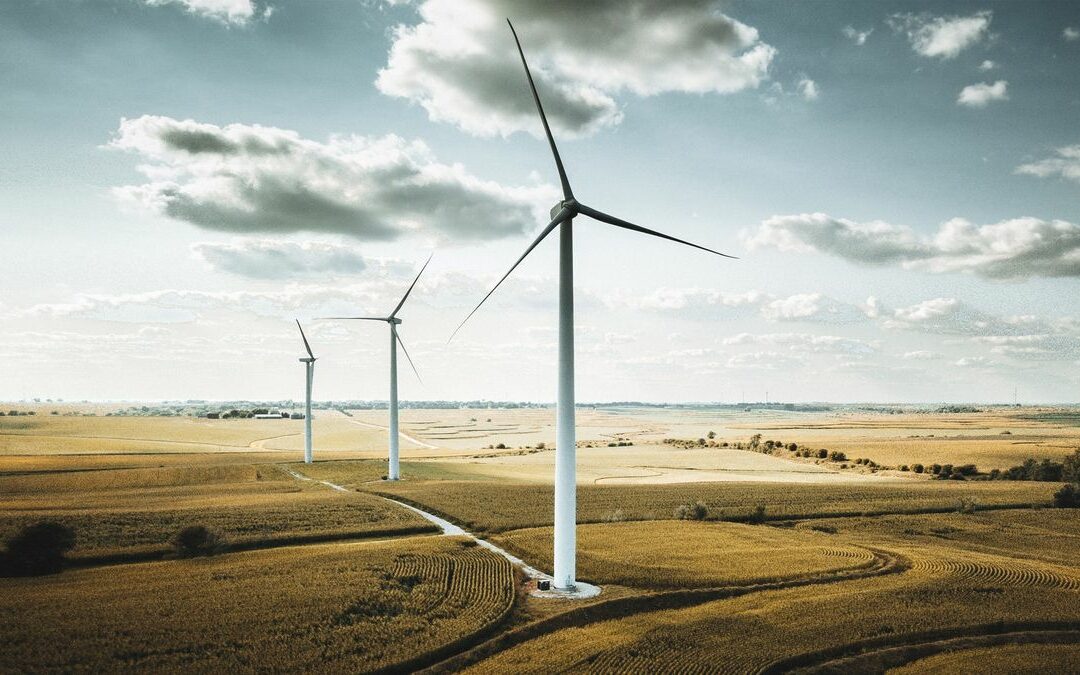While majority of the United States has good wind resources, other areas are less windy and, as a result, have seen less wind energy development.
In these areas, harnessing wind electricity at a reasonable cost has long been a challenge. However, new technology may allow for the profitable capture of winds flowing higher above the land across much of the United States.
According to a recent National Renewable generating Laboratory (NREL) assessment, technological improvements entering commercial markets today and in the next years might unlock 80% more economically feasible wind generating potential inside the contiguous United States. This might go a long way toward assisting the country in meeting its renewable energy targets.

The Southeast, Gulf Coast, and parts of the East Coast account for a sizable share of this potential wind energy. These sites are near electrical demand centers, which may reduce the need for new transmission to deploy wind energy at the scale required to satisfy renewable energy targets.
“These findings indicate an unexpected opportunity to expand the use of wind power in areas where transmission infrastructure already exists or where incremental transmission could be built relatively cheaply,” said Owen Roberts, an NREL analyst and study participant. Extending wind energy to those areas may provide further benefits.
“Deploying wind power in these regions would reduce the need for governments and utilities to import energy from distant areas to serve local demand and would enable local jobs and local economic growth from land leases and tax revenues,” Roberts stated.
RELATED: The First Expedition To “Touch” The Sun Makes A “Significant” Discovery About Solar Wind
Technological breakthroughs enable this.
Wind energy technology improvements being researched by NREL have the potential to cut energy costs in practically every place in the continental United States while also increasing access to clean wind energy.

Among these innovations are:
Blades that are longer. Longer turbine blades catch more energy per turbine. Blade innovations, such as segmenting them, can make them easier to transport, cutting turbine installation costs.
Taller structures. Stronger winds exist at greater hub heights, which are beyond the capability of most turbines today. An average height increase of 17 meters gives the extra clearance required for longer blades to reach those high-altitude winds.
Wind turbines with a low specific power. These turbines have a bigger rotor size in comparison to the size of the generator. As larger rotors catch more wind, they transfer more energy to the generator, increasing wind power availability.
RELATED: Modeling Implies That Climate Change May Impair Solar Power In The Future
Manufacturing of advanced towers. Spiral welding and 3D printing, for example, enable on-site construction of wind turbine towers, lowering costs and bypassing transportation constraints.

Cranes that can be climbed. As wind turbine heights rise, cranes that enable more efficient turbine installation and major component repairs (including gearboxes, generators, and blades) may be less expensive than conventional cranes (such as crawler or mobile cranes). This is due to the increased costs of renting as well as disassembling, reassembling, and transporting conventional cranes between turbine locations.
Wake control. Plant operators can redirect (or steer) individual turbines to prevent damaging downstream turbines by using controls that tilt or turn the direction a wind turbine faces and modify generator speed. This can allow current facilities to gain 1%-2% in annual energy production.
“Rather than simply building wind turbines in already developed areas of the country, this study shows that we can expand wind energy into areas of the country where we haven’t previously seen it,” said NREL researcher Travis Williams, who took part in the study. “Innovations, especially low-specific power and taller towers combined with modest cost reductions, could dramatically increase wind energy’s potential in the United States.”

Work is still required to realize this potential.
The study’s findings, released in a technical report titled “Exploring the Impact of Near-Term Innovations on the Technical Potential of Land-Based Wind Energy,” show that the United States has a potential to employ wind power more extensively in fulfilling renewable energy targets. More work is needed to harness the full potential of these technical developments.
Policymakers, for example, can play an important role in lowering other barriers, such as increasing public awareness of or experience with wind energy, utility experience with integrating wind power (which may not be a consistent supply), workforce capabilities, and developer experience in regions with new wind energy markets.
“We’re talking about bringing a new industry and new technology to parts of the United States that have hardly seen wind energy,” Roberts stated. “The more we can show there’s potential, the more people will understand the opportunity—creating more pathways to meet our national energy goals.”
Download The Radiant App To Start Watching!
Web: Watch Now
LGTV™: Download
ROKU™: Download
XBox™: Download
Samsung TV™: Download
Amazon Fire TV™: Download
Android TV™: Download

